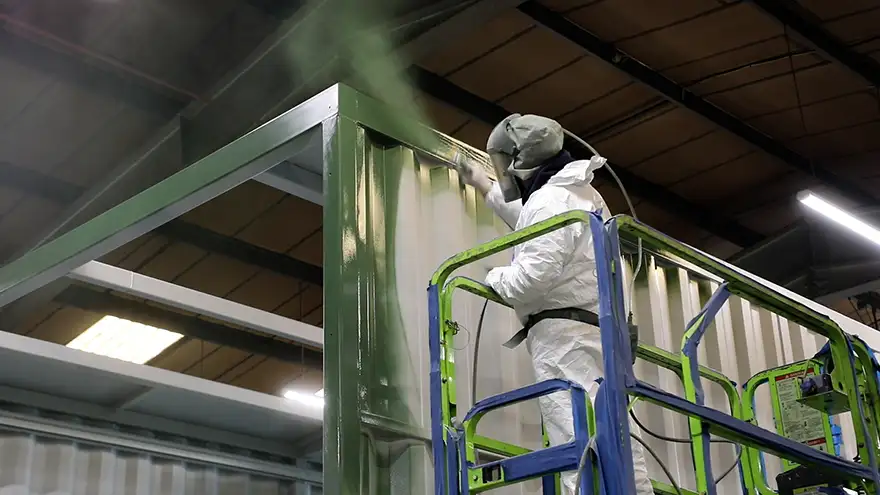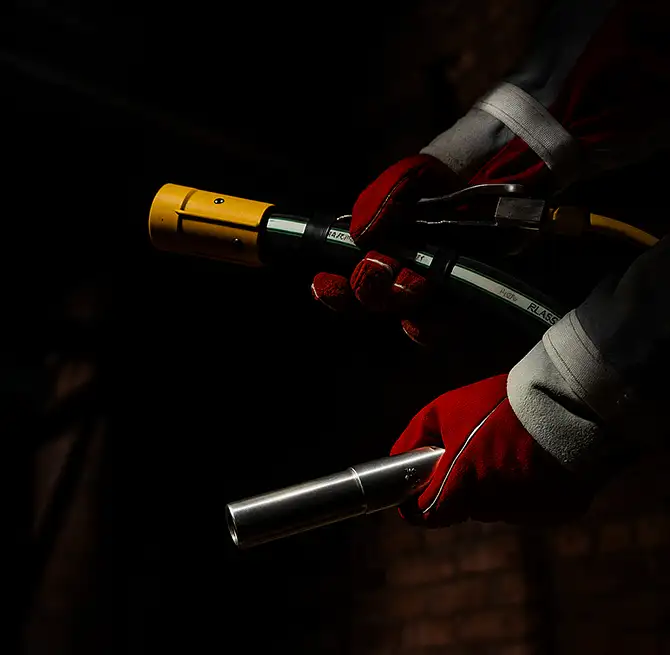Every time a paint finish fails, teams scramble to blame the product or the process. But in most cases, the issue didn’t start at the spray booth, it started far earlier, when the surface wasn’t properly prepared.
Peeling. Flaking. Bubbling. Corrosion beneath the coating. These are not random defects, they’re avoidable outcomes of poor pre-treatment. And they cost manufacturers far more than they realise.

Most Paint Failures Aren’t Paint Problems
If you're a production engineer or operations lead, you’ve likely seen this scenario: coatings applied to spec, environmental conditions under control, yet the finish still fails. The mistake? Assuming paint sticks to metal. It doesn’t. It sticks to whatever is on the metal, and that includes oil, rust, oxides and mill scale.
Without proper surface preparation and chemical pre-treatment, even premium coatings will underperform. Skipping this step doesn’t just compromise quality, it invites repeat failures, costly rework and reputational damage.
Pre-Treatment Is Not An Optional, It’s Essential
Effective pre-treatment protects the bottom line by delivering three critical benefits:
- Contamination removal: Degreasing and mechanical blasting eliminate surface debris that blocks adhesion.
- Adhesion promotion: Chemical pre-treatment, like iron or zinc phosphating, activates the substrate to bond with coatings reliably.
- Corrosion resistance: Pre-treatment creates a barrier layer that helps protect against long-term degradation, even in demanding environments.
These processes are not overheads, they are your insurance policy against failure in the field.
Most coating issues don’t start in the spray booth, they start long before that, during surface preparation. If you’re looking for a full overview, check out our guide on why powder coating success starts earlier than you think.
What It Costs When You Get It Wrong
When pre-treatment is overlooked or under-specified, the costs multiply quickly. One Tier 1 automotive supplier we worked with was losing tens of thousands annually due to rejected components, all traced back to inconsistent phosphating. In aerospace, surface failures can delay builds and trigger safety reviews. In general manufacturing, poor adhesion fuels warranty claims and damages hard-won customer trust.
The irony? The fix is often simple, affordable and fast to implement, but only if the right questions are asked early.

How SurfacePrep Helps You Prevent Failures Before They Happen
At SurfacePrep, we help manufacturers avoid finish failures before they occur. That means more than just supplying abrasive media or chemicals, we work with your team to diagnose, specify and optimise the entire surface preparation process.
From selecting the right blast profile to tuning your phosphate line, we combine deep technical expertise with real-world production insight. We’ve helped businesses reduce defect rates, pass compliance tests with confidence and eliminate costly rework.
Most importantly, we help you move from reactive firefighting to proactive process control.
Make Quality the Standard, Not the Surprise
When your pre-treatment is done right, everything that follows performs better. Coatings stick. Audits pass. Customers come back. And your team can stop chasing defects and start delivering reliable, high-quality finishes, at scale.
If coating failures are costing you time, money or reputation, it’s time to look upstream. Contact the SurfacePrep team to review your pre-treatment setup. We’ll help you uncover the silent failure points and build a system that performs first time, every time.
Let’s fix the finish, from the beginning.











